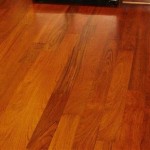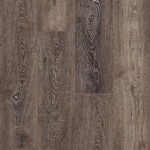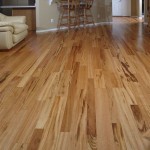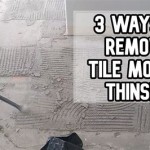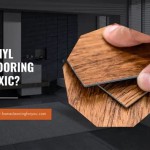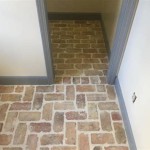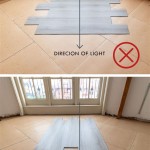Finding the Right Workout Flooring
Choosing the right workout flooring is essential for creating a safe and effective workout space. With so many options available, it can be overwhelming to know where to start. Here are the key factors to consider when selecting the best flooring for your needs:
1. Type of Exercise
Different workouts have different flooring requirements. For example, high-impact exercises like running or jumping require flooring that provides good shock absorption to protect joints. Conversely, low-impact exercises like yoga or Pilates benefit from flooring that provides stability and support.
2. Material
Workout flooring comes in a variety of materials, each with its unique advantages and disadvantages. Here are the most common types:
- Rubber: Durable, shock-absorbent, and easy to clean. Ideal for high-impact workouts.
- Foam: Soft and cushioning, providing excellent comfort and support. Suitable for low-impact workouts.
- Vinyl: Water-resistant, slip-resistant, and easy to maintain. Versatile enough for various workouts.
- Carpet: Provides warmth and sound absorption, but not recommended for heavy weights or high-impact exercises.
3. Thickness
The thickness of the flooring will affect its shock absorption, support, and comfort level. Thicker flooring is better for high-impact exercises, while thinner flooring is sufficient for low-impact activities.
4. Size and Shape
The size and shape of the flooring will depend on the size and layout of your workout area. Measure the space accurately to ensure the flooring covers the entire workout area.
5. Surface Texture
The surface texture of the flooring will affect its slip resistance. For high-impact workouts, choose flooring with a textured surface to minimize the risk of slipping.
6. Noise Reduction
If noise is a concern, consider choosing flooring with sound-absorbing properties. This is especially important if you are working out in a shared space or with neighbors.
7. Aesthetics
In addition to functionality, consider the aesthetics of the flooring. Choose flooring that complements the style of your workout space and creates a motivating atmosphere.
8. Maintenance
Workout flooring should be easy to clean and maintain. Choose flooring that can be swept or vacuumed regularly and cleaned with occasional mopping.
Conclusion
By following these factors, you can find the right workout flooring for your needs and create a safe, comfortable, and motivating workout space. Remember to consider the type of exercise, material, thickness, size, surface texture, noise reduction, aesthetics, and maintenance requirements to make an informed decision.

How To Choose The Right Gym Mat Flooring For Your Home Sprung

How To Choose The Right Gym Rubber Tiles Flooring

How To Choose The Right Gym Flooring Fitness Equipment Best For

How To Choose Garage Gym Flooring What You Should Know Inc

Home Gym Flooring Commercial

What Are The Main Types Of Gym Flooring For Gyms

What S The Best Flooring For A Home Gym America

Choosing The Right Gym Flooring Types Ideas Installation Contract

4 Reasons To Use Carpet For Gym Flooring Inc

What Is The Best Flooring For Garage Gym Commercial Floors
See Also
